GM Built a One-of-a-Kind V12 in the ’60s That Weighed More Than a Classic Mini Cooper: Facts About a Retro Engine
A giant truck engine: why the V12 Twin Six became a legend — and the surprising facts behind it
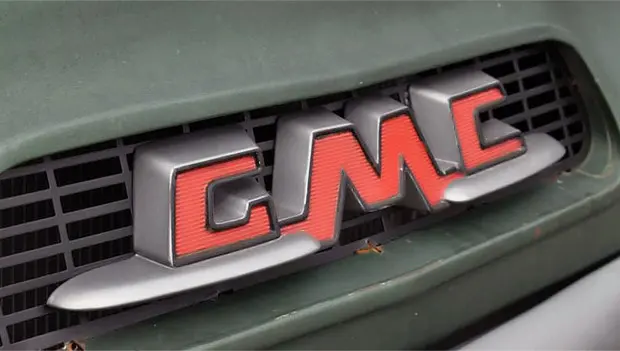
In the 1960s, General Motors released an unusual V12 known as the Twin Six. Weighing nearly 1,500 pounds—more than a classic Mini—this massive engine powered GMC’s heavy-duty trucks. Why did it remain a rarity, and what made it so remarkable? Here’s the story.
In the mid-20th century, American auto giant General Motors embarked on a bold experiment: its engineers developed a gasoline V12 engine that outweighed some passenger cars. The engine, named the Twin Six, was created specifically for GMC trucks and became a true technical sensation of the 1960s.

At a time when U.S. roads were dominated by large trucks, dump trucks, and buses, GMC was searching for ways to boost performance. Standard V6 engines could no longer meet rising demands, and diesel power was only beginning to take hold. In response, engineers built a unique 702-cubic-inch (11.5-liter) V12 that produced 275 horsepower and 465 lb-ft of torque. Most remarkable of all: it weighed almost 3,000 pounds—more than a classic Mini Cooper.
Despite its size, the Twin Six wasn’t simply two V6s bolted together. It featured a compact, integrated block and a single crankshaft nearly four feet long that weighed 190 pounds. Cooling this giant required 120 gallons of water per minute, and the oil pan held 4 gallons of oil. Its fuel consumption was exactly what you’d expect from an engine this big—but for commercial trucks, that wasn’t a deal-breaker.
The engine’s biggest advantage was its durability. GMC claimed the Twin Six could run up to 200,000 miles without major repairs, with minor maintenance needed only every 15,000 miles. For truck owners, that kind of longevity meant money earned rather than lost to downtime. Not surprisingly, the engine became popular with fire departments and farmers—fire crews used it to power high-capacity pumps, while farmers relied on it for irrigation systems.
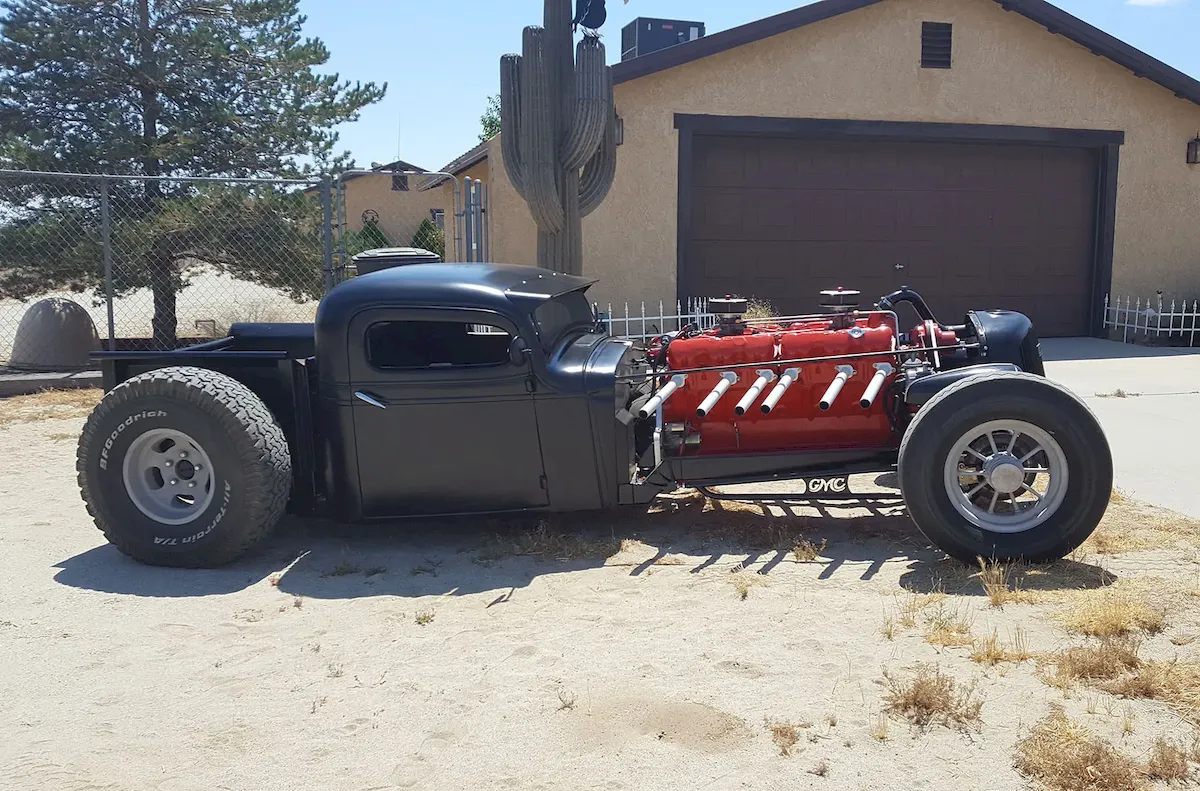
But the era of the Twin Six was short-lived. As diesel engines gained popularity, the massive gasoline V12 lost its edge. By 1965, production had already been scaled back, eventually giving way to a V8 with similarly sized cylinders. Only about 5,000 Twin Six engines were ever built, and roughly 200 are believed to survive today. Some still work on farms or in fire stations, while others have found a second life in the hands of enthusiasts building hot rods.
You may also be interested in the news:
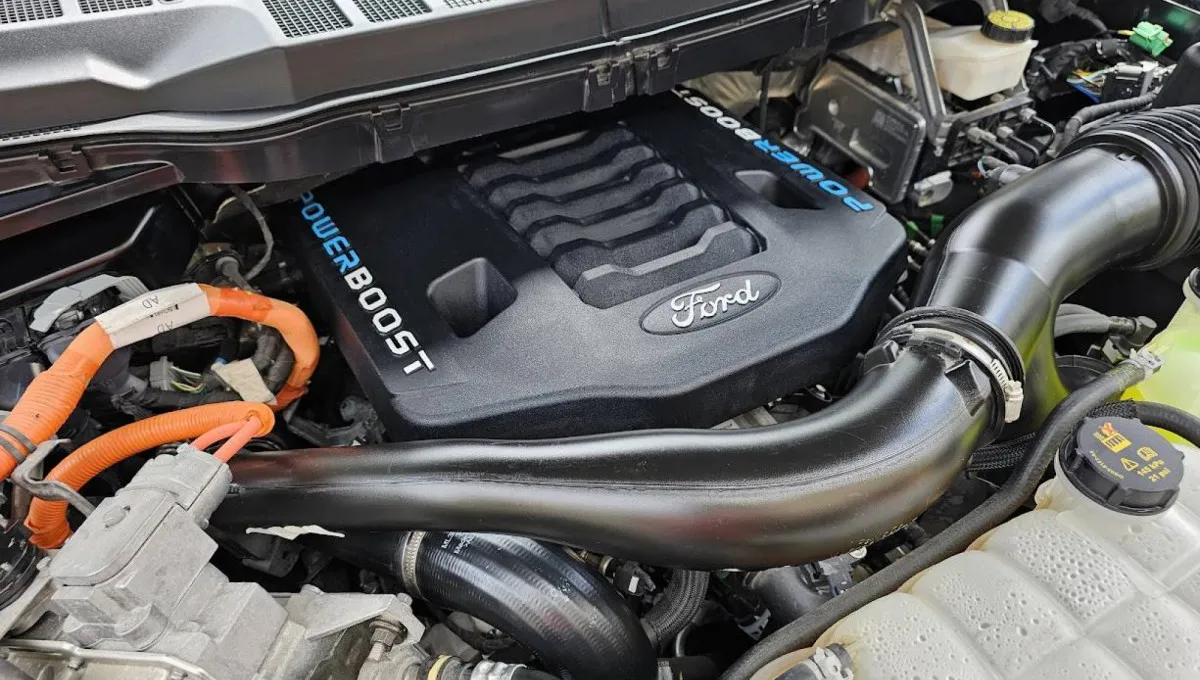
Why Modern Engines Hide Under Plastic — and What That Cover Really Does
Plastic engine covers: practical protection or just extra clutter? What every driver should know.
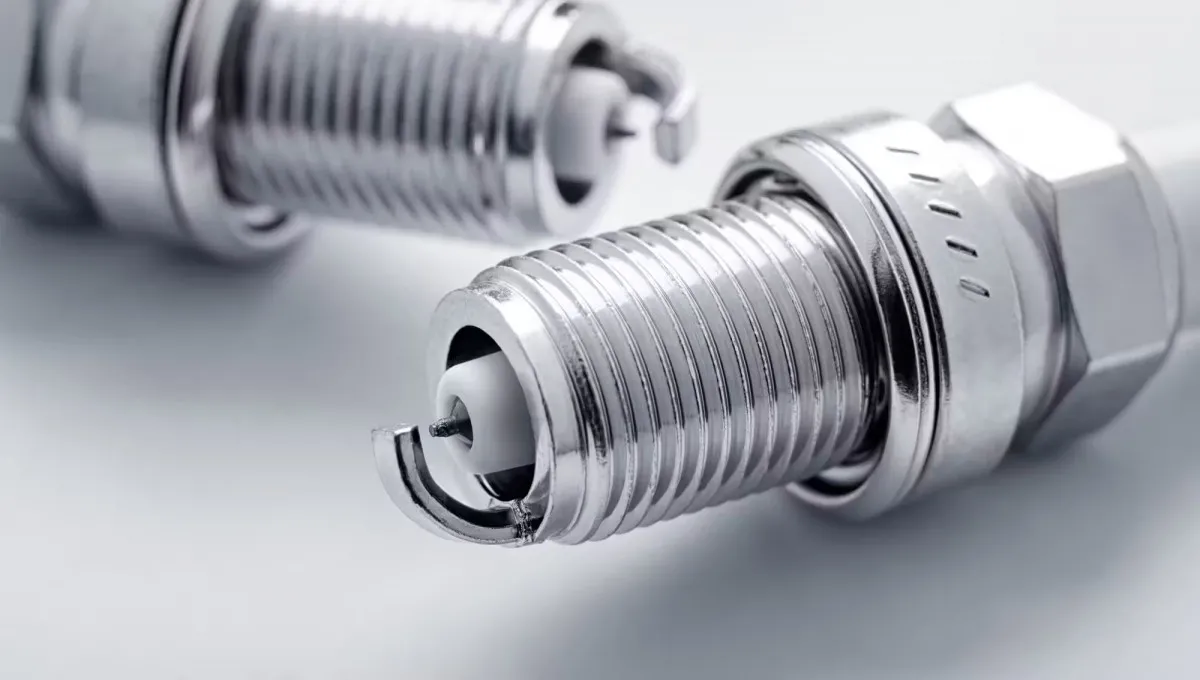
Iridium vs. Platinum Spark Plugs: What Sets Them Apart in Today’s Cars
Iridium or platinum? The choice isn’t as obvious as it seems — and a few unexpected details can help you pick the right plugs for your engine.

What Your Zodiac Sign Says About Your Driving Style: Many Americans Will Be Surprised
Is your driving destiny written in the stars? Let's find out.

Have you ever wondered why a cat sleeps on your car — is it a sign or just keeping warm?
There’s Always a Cat on a Car – But Why?
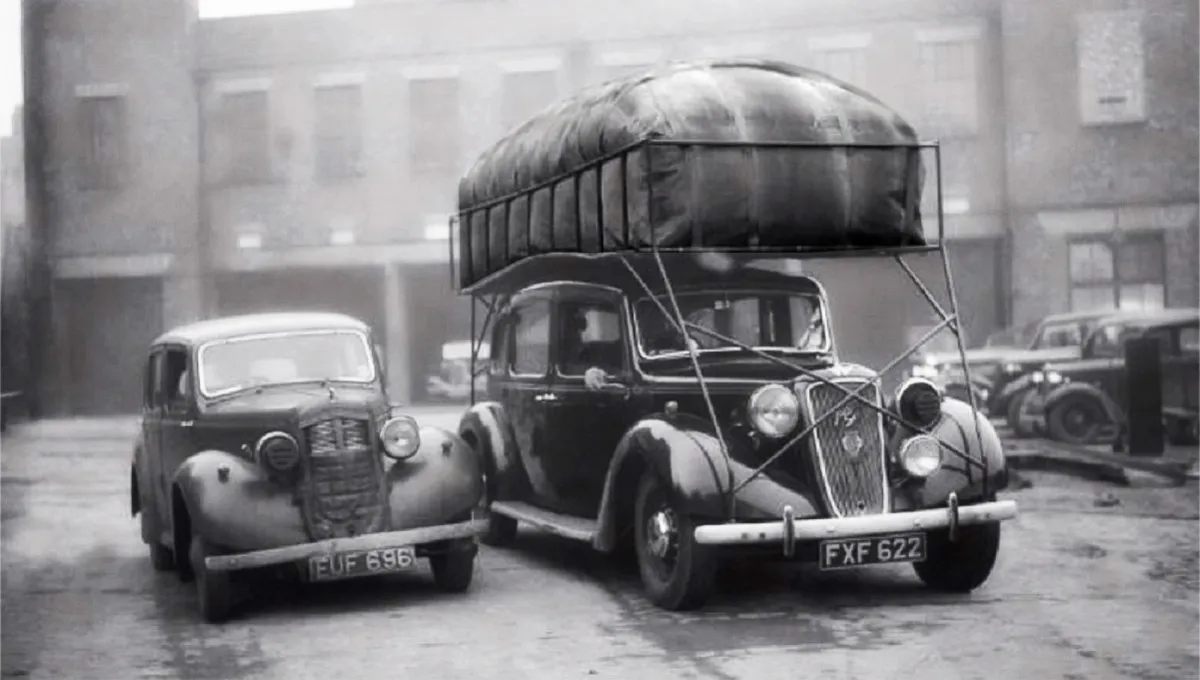
Why Early 20th-Century Cars Had Huge Fabric Bags on the Roof — The Real Reason Will Surprise You
Rumors about their purpose have circulated for years, but the truth is just as unexpected.